STCMS™: Matter and Its Interactions
Matter is everywhere! But what is it made of? How can we separate it? How can we change it? Understanding matter and predicting its behavior can help us engineer solutions to everyday problems. The Smithsonian Science Education Center presents Matter and Its Interactions, an STCMS™ curriculum unit designed from the ground up to align to the Next Generation Science Standards. Science and engineering practices, teachable core ideas, and crosscutting concepts are integrated into every lesson. From thin sheets of gold to gels made from seaweed—join us as we develop models and construct explanations about matter and its interactions!
You can find all Blackline Masters here. For teacher Lesson Masters and unit Written Assessments, go to Carolina Science Online.
Lesson 1- Pre-Assessment: Matter and Its Interactions
Teachers will find this to be a usefull resource on common misconceptions from the American Association for the Advancement of Science.
Lesson 2- The Nature of Matter
Language Arts
Ask students to read the following article article: One Step Closer to Turning Plastics into Fuel . As students read this article, ask them to keep track of words and terms that are unfamiliar to them. Ask students to look these words up and prepare to discuss some of the meanings they have found in class.
NGSS: (supports MS-PS1-5)
CCSS:RST.6-8.10
Lesson 3- Density Makes a Difference
Language Arts
Ask students to review the Good Thinking video, "What's the "Matter" with Cells and Atoms." Ask students to reflect whether chemistry and life science and justify their explanations. According to the video, why do people sometimes get confused about this relationship?
Science
The following activity is ideal for advanced students. Ask students to review the types of chemical analysis machines used at the Smithsonian Museum Conservation Institute and provide a 3-4 sentence description for at least five of these. Students should focus on what types of questions this machine helps answer.
NGSS: (Supports MS-ETS1-1)
Common Core: RST.6-8.9
Lesson 4- Just a Phase
Science
In most substances, the solid form is denser than the liquid form. Water is an anomaly. As water freezes, the water molecules move farther apart. This is why ice floats on water. Allow students time to explore the densities of water in its liquid and solid states. Then have students explain their observations with regard to the densities of these two phases of water.
NGSS: (supports MS-PS1-4)
CCSS: RST.6-8.9
Lesson 5- Building Blocks of Matter
Language Arts
If your local curriculum requires discussion of atoms, you may choose to introduce this idea as an extension. Discuss the original use of the term “atom” (by Democritus, in ancient Greece) as the smallest indivisible unit of matter. Have students investigate the development of atomic theory from ancient times to the present and create an illustrated timeline showing some of the key developments.
NGSS: (Supports MS-PS1-1)
CCSS: WHST.6-8.2
Lesson 6- Pure Substances and Mixtures
Science
1. Have students investigate the food coloring solution by heating it in a beaker. They may notice that a clear, colorless condensate is produced and that if the solution is heated to dryness, a deposit is left in the beaker. 2. Have students use the library and the Internet to research other ways chromatography is used. 3. If your standards require you to teach atomic theory at this level, you may outline how particle size relates to filtration. This concept can easily be modeled using beads of different diameters and sieves of different mesh sizes. 4. Filtering is one of the processes used in the treatment of sewage. Have students investigate sewage treatment and discover how different types of contaminants are removed from sewage.
NGSS: MS-PS1-2
CCSS: NA
Lesson 7- Reacting Chemically
Social Studies/Art
Ask students to read about colors we can no longer see. Ask student to reflect on the following: How does this author use history, art, and science to explain her central question?
NGSS: (Supports MS-PS1-2)
Common Core: (RST.6-8.2)
Lesson 8- Releasing Energy
Language Arts
Ask students to read and watch the video about Dr. Tom Yang, a food technologist mentioned in the Extend Your Knowledge reading selection called reading passage "Enjoy a Hot Meal on the Go: Chemical Reactions and MREs". Ask students to provide an overview of their understanding of what a food engineer does, based on their reading. Other than the military, where else might food engineers be employed?
Laguage Arts
Ask students to explore the following resource: Arsenic Spot Tests for Detection in Taxidermy Collections and answer the following question- How does chemical analysis help with the management and safety of a museum's collections?
NGSS: (supports MS-PS1-2)
CCSS: RST.6-8.7
Lesson 9- Conservation of Matter
Language Arts
Ask students to develop a comic strip that uses pictures and words to represent an example of conservation of matter. They should focus on specific phenomenon such as wood burning, metal rusting, or a snowman melting and evaporating over time. Ask students to share their work among their lab group.
NGSS: MS-PS1-5
CCSS: WHST.6-8.2.D
Lesson 10- Compounds and Natural Resources
Language Arts
Ask students to read the following article from Scientific American: Mother Nature's Medicine Cabinet and respond to the following: The author makes the claim that "nature is the ultimate chemist." What does the author mean by this statement? Do you agree or disagree? Provide your reasoning.
NGSS: MS-PS1-3
CCSS: RST.6-8.2
Lesson 11- Performance Assessment: Matter and Its Interactions
Science
Have students design an experiment that compares the efficacy of a hypothetical synthetic medicine versus its hypothetical counterpart.
- Student designs should included controlled clinical trials on humans, or trials on experimental animals. Trials should be designed to be free of bias. For example, medical researchers often perform “double-blind” investigations in which neither the researcher nor the subject knows who is in the experimental group (receiving the medication) and who is in the control group (receiving a placebo).
- Students should present their designs for critical discussion by the class.
- Questions to be addressed should include, but not be restricted to
- Is the design practical? Is it potentially harmful to subjects?
- Does the design eliminate bias? (For example, is it a double-blind investigation?)
- Does the design have a control group? (Identify the control group.)
- What kind of data does the design collect? (Improvement, or cure, over time? How much time? How to measure improvement or cure?)
- How should the data be organized and presented? (via charts, tables, graphs, drawings, photographs, and so on)
- Will the design yield reliable results? Why, or why not? (Consider such factors as sample size, i.e., the greater the sample size, the more reliable the results.)
- Is the design ethical? (Discuss the concept of medical ethics, including “informed consent.)
NGSS :Focus on Science and Engineering Practice, "Plan an investigation individually and collaboratively and in the design identify independant and dependant variables and controls, what tools are needed to do the gathering, how measurements will be recorded, and how many data are needed to support a claim.
CCSS:NA
Lesson 1- Pre-Assessment
Good Thinking! : What's a "Matter" with Cells and Atoms
Lesson 2- The Nature of Matter
The Evolving Universe
Learn more about the Evolving Universe
Lesson 3- Density Makes a Difference
What is Matter?
Get a deeper understanding of matter.
Lesson 4- Just a Phase
phET Simulation
Learn about density by playing with this fun interactive
Lesson 5- Turning Up the Heat
phET Simulation
Learn the basics about the states of matter by using this simulation
Revolutionary Instruments: Lavoisier's Tools as Objets D'Art
Digital Public Library of America
See detailed illustrations of the tools Lavoisier used in his experiments.
Good Thinking! : Make it Rain!
Explore misconceptions about phase changes, weather and the water cycle.
Lesson 6- Building Blocks of Matter
phET Simulation
Watch a simulated molecule being built
Lesson 7- Pure Substances and Mixtures
phET Simulation
Learn more about salts and solubility by watching this simulation
Lesson 8- Reacting Chemically
Good Thinking! : Chemical Reactions in Action
Explore misconceptions about atoms, molecules, and chemical reactions.
Hydrogen and Chlorine Reaction
Watch what happens when hydrogen and chlorine are burned together to trigger a reaction
Lesson 9- Hot Reactions
Homework- Period 1: US Naval Reserach Labratory
NRL SiN-VAPOR technology improves IED detection
Homework-Period 3: EPA
Chemistry Magic Show: Thermite Reaction
Watch a thermite reaction cause liquide iron to be made
PBS Learning Media: Disolving Salts in Water
Lesson 10- Conservation of Matter
phET Simulation
phET Simulation
Learn more about salts and solubility by watching this simulation
Lesson 11- Making Chemicals
Making Chemicals Naturally
Learn more about the science of making environmentally friendly chemicals
Lesson 12- Performance Assessment
AAAS Science Assessment
Identify common misconceptions associated with Matter and Its Interactions by using tools found here
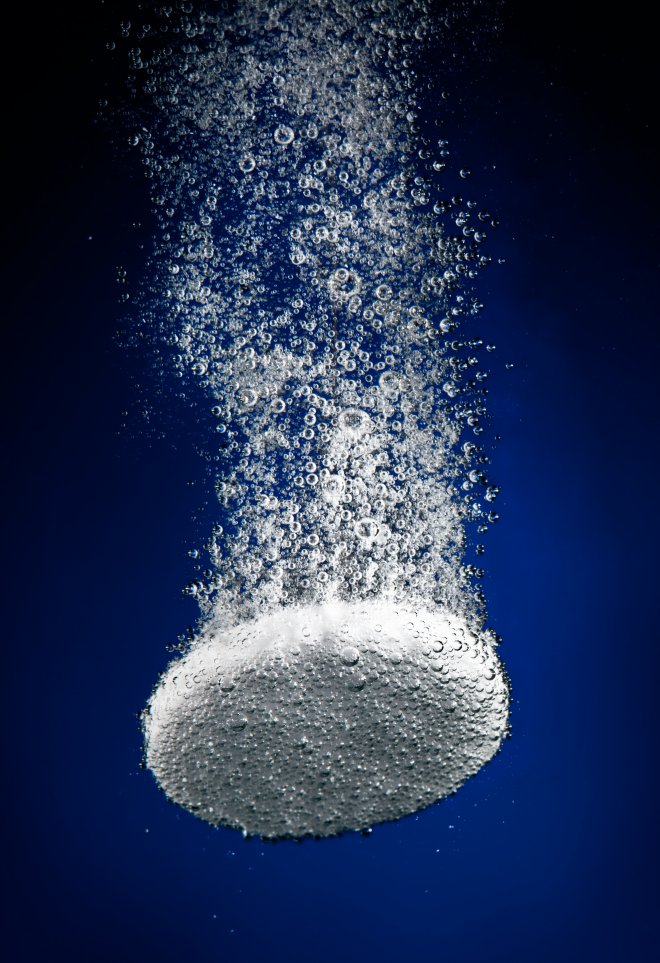
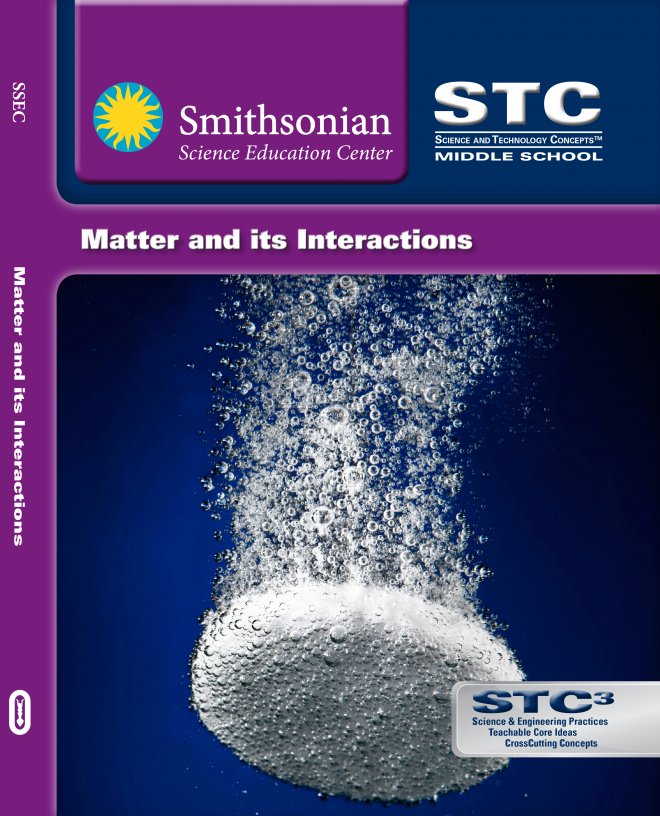
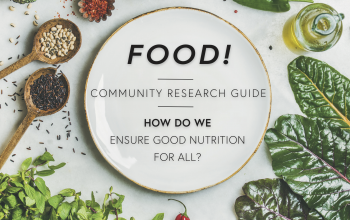
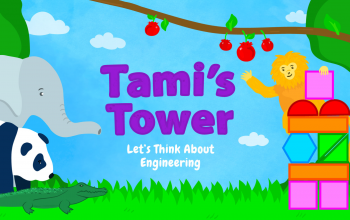
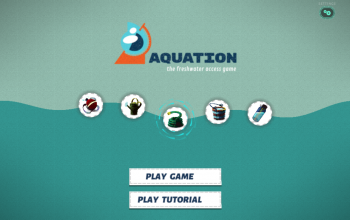
Kit Tips & Tricks